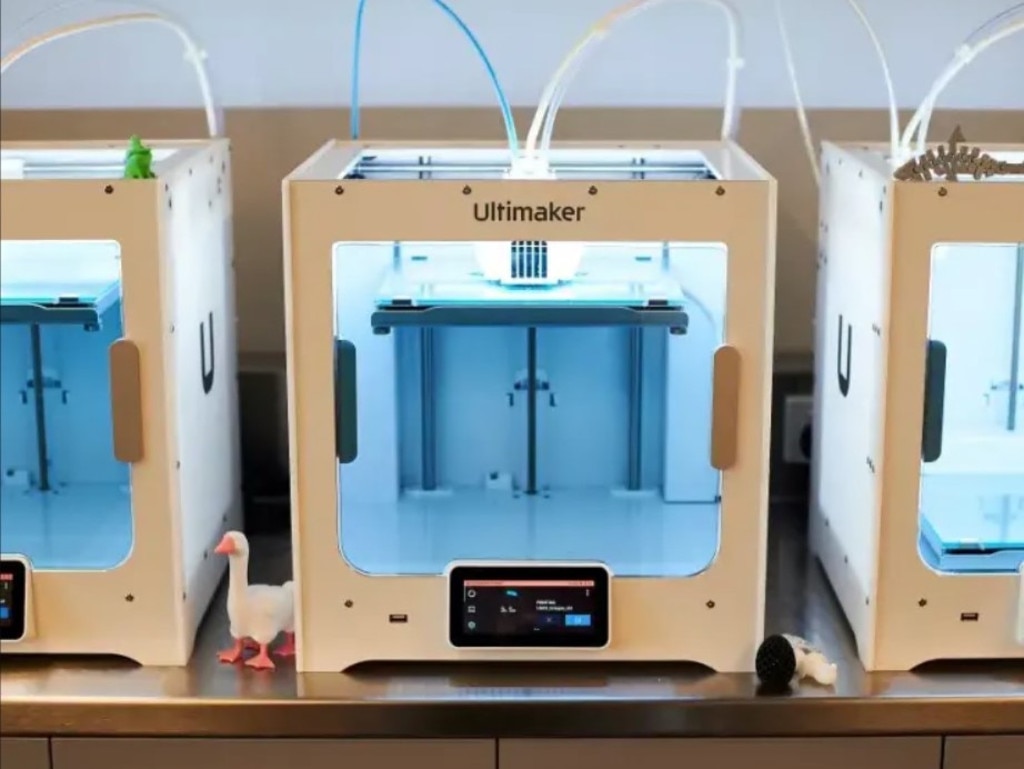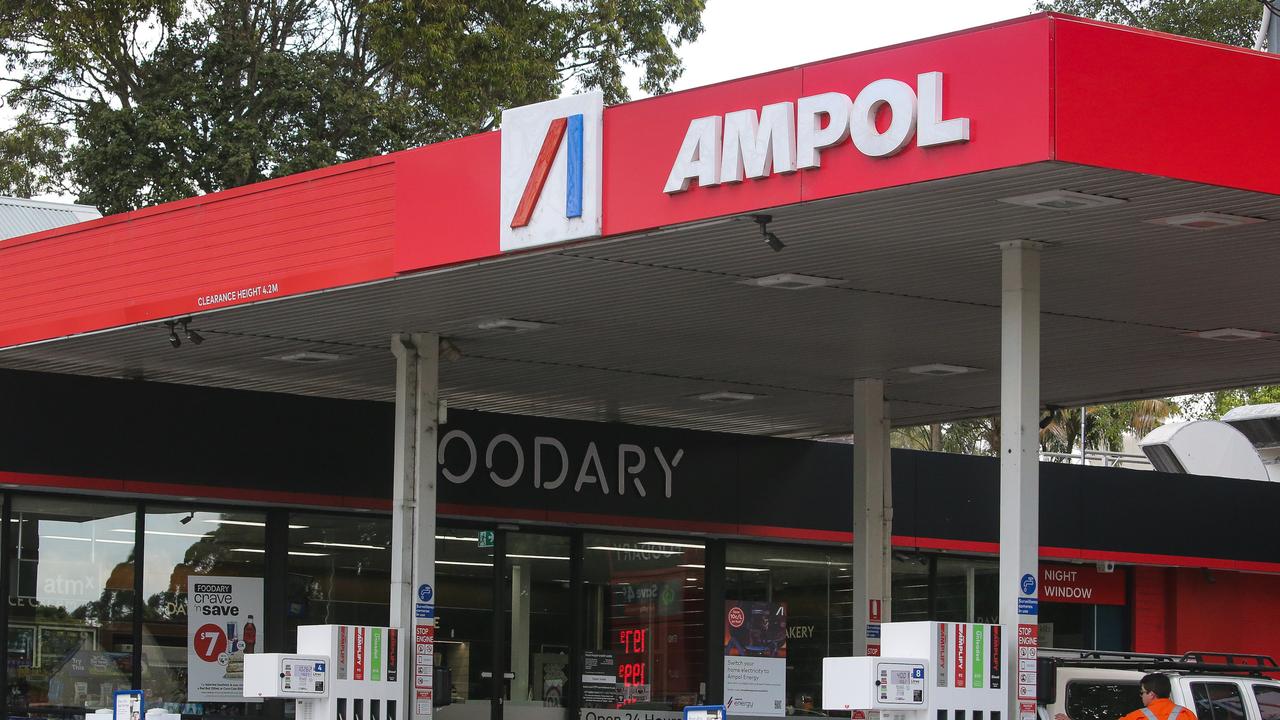Sneaky tactic sending you broke revealed as Aussies battle cost of living crisis
It’s a seriously sneaky tactic used by countless companies around the world – and it’s partly to blame for our skyrocketing cost of living.

If you’ve been feeling like everything is expensive and breaks constantly, then you’re not alone.
Inflation, price gouging and planned obsolescence is everywhere – and it’s driving up the costs of living.
You might have heard of the fight for the right to repair, which would make things cheaper (or at least last longer, so you spend less in the long run), but simply having the option to repair something doesn’t mean anything if it’s too difficult, too expensive, you don’t have the skills or the original materials aren’t good enough quality to be worth repairing.
However, there are some brands and services trying to combat this trend of disposability.
Technology that’s easy to repair yourself
There are three certainties in life – death, taxes and broken phone screens.
On an iPhone 15, an official screen repair costs $465. On a Samsung Galaxy A34, which is one of Samsung’s budget phones, it’s $340. More importantly, you can’t repair them yourself without specialised knowledge and equipment, and both companies discourage people from getting their screen repaired anywhere other than an authorised service centre.

But some companies are bucking the trend and making phones that are easy to repair yourself in a few minutes with no prior experience. Overseas, Fairphone has a well-earned reputation for being easy to repair, but it’s not available in Australia.
Surprisingly, the company that does have easy to repair phones in Australia is the one that used to be known for having almost unbreakable phones – Nokia, now known as HMD. The company’s latest model, the $899 HMD Skyline, is easy to take apart to replace whatever needs to be replaced to extend its lifespan.
The screen and back cover can be popped off with relative ease and the battery, screen, back cover and charging ports are super quick to replace. I’ve taken mine apart a couple of times using a little repair kit from iFixit.com, and it’s both interesting to see what’s inside and empowering to know that you can repair whatever needs fixing.

The hardest part of the repair is getting past the feeling that you might accidentally break something while popping off the back cover with something that looks like a guitar pick. The replacement screen costs just $135, including tools ($128 without tools), and a new battery is just $34.
Of course, one thing to keep in mind is that there is a trade off when buying budget Android phones, in that most won’t get more than two years of software updates and three years of security updates. If you want to keep your phone longer than that, those security updates are key.
Still, if you don’t expect to keep your phone more than three years (which is currently standard for most Australians), but do expect to continue to be subject to the laws of gravity, then a phone with a screen you can easily repair is a good investment.
Brands that will repair for free or cheap
Jeans are expensive, and a staple of most wardrobes, but almost everyone has a story of a pair of jeans that they loved and lost because they developed a massive hole in the thighs, or somewhere else inconvenient, and they didn’t know how to fix it.
Nudie Jeans as a brand is geared around sustainability, with all of the company’s jeans made out of organic cotton, and working with River Rugs and Waverley Mills to turn old dead jeans into rugs and blankets. It’s even partnered with a construction company to make tiles out of old jeans.
All of that is very noble and beautiful, but the part that will matter most to consumers is that all Nudie Jeans are guaranteed with free repairs and alterations for life. You don’t have to have a receipt, you just have to have a pair of Nudie Jeans.
You could have found them in an op shop for $2, or got them as a hand-me-down from a cousin, and the company will still repair them for free until they’re too threadbare for repair (a process that would take a while, given how hardy the denim is), and then you’ll get 20 per cent off for trading them in.
While a lot of companies offer “lifetime warranties” and then make it difficult to actually take advantage of them, Nudie repaired 73,368 pairs of jeans across the company’s 32 stores worldwide last year. Interestingly, the busiest season for jeans repair is winter.
It does seem strange to consider buying $240 jeans in a cost of living crisis as a money saving measure, but if a pair of $240 jeans lasts you 10+ years, and a $50 pair of jeans falls apart after one, then you will have spent $500 on jeans in the same time frame.
Bryce Alton, CEO of Jeans Australia and New Zealand, had this advice for customers. “Purchasing anything, including jeans, should be driven by a view of using, loving and repairing that item for as long as possible, by avoiding short term trends and investing in a great pair of jeans that works for your lifestyle,” he said.
“Do your homework on the brand – ask questions before investing to ensure that the brand values meet your expectations.”

Learning to DIY
Another option to get the most out of the items you already own is to learn how to fix them yourself.
It takes a bit more time, but will pay off in the long run. What might surprise people is how easy it is to learn these skills for free.
A lot of people think of libraries as big buildings filled with books, where everyone has to be quiet.
But they’re so much more than that. They’ve been home to computers and classes in how to use technology for a long time, with some even loaning out laptops and power tools. A newer trend is that of maker spaces, where libraries have areas filled with sewing machines, 3D printers, recording studios and embroidery machines. They even have classes teaching you how to use the equipment and librarians on hand who can give you tips, advice and resources for how to repair your own clothes, or 3D print that doodad to fix your curtain rod.

Maker spaces are becoming more common across the country, and are now a particular feature of City of Melbourne libraries, including the brand new Narrm Ngarrgu library, which has the most extensive maker space in Melbourne.
“We know the cost of living has hit our community incredibly hard. Maker spaces offer free equipment for people to fix their belongings rather than buying new,” Lord Mayor Nick Reece said in a statement to news.com.au.
“Community members can also upskill themselves at free repair workshops, so rather than paying for services, they can mend their own clothing or fix electronics like broken keyboards and mice.
“They can even use the 3D printers to create and replace broken parts – all for free.”
If your library doesn’t have a maker space, there are also lots of community groups popping up around the country with an aim to teach people how to fix everything from bikes to simple technology. Places like CERES in Victoria and the Men’s Shed nationwide are good places to find practical skills and good company.
Alice Clarke is a freelance writer





